Join us as we explore the colorful and healthful universe of berries. These delectable superfoods are more than just pleasing to the taste; they are formidable in tackling numerous health challenges, particularly effective in controlling high blood pressure. If you're wondering how to lower blood pressure naturally, berries might be your answer. The secret weapon behind this benefit is a group of compounds known as anthocyanins. In this article, we'll dive into what anthocyanins are, how they impact blood pressure, their additional health benefits, recommended intake, and the best sources to include in your diet.
What are Anthocyanins?
Anthocyanins belong to the flavonoid class of compounds, renowned for their powerful antioxidant capabilities. These compounds are abundantly present in various plants, lending them their vibrant hues. Anthocyanins are the reason behind the rich red, purple, and blue colors observed in a plethora of fruits and vegetables. Their role, however, extends far beyond just providing aesthetic value.
These natural pigments are much more than mere colorants; they are potent bioactive compounds that offer an array of health benefits. By combating oxidative stress and inflammation, anthocyanins play a crucial role in promoting overall health. Their impact is observed in various bodily functions and systems, making them an important component in the realm of nutritional health and wellness. The presence of anthocyanins in everyday dietary sources offers an easy and natural way to harness these health benefits, making a significant difference in maintaining a healthy, balanced lifestyle.
How Do They Work in the Body
In the human body, anthocyanins, derived from various fruits and vegetables, demonstrate remarkable antioxidant and anti-inflammatory properties, which are essential for maintaining overall health. Particularly in the realm of cardiovascular health, these compounds are invaluable.
Their primary mechanism involves targeting and positively influencing blood vessels. By enhancing the elasticity of these vessels, anthocyanins facilitate smoother blood flow and reduce the strain on the cardiovascular system. This is crucial in regulating blood pressure levels, a key factor in preventing hypertension and related health issues. Additionally, anthocyanins significantly improve endothelial function, which is the ability of blood vessels to constrict and dilate appropriately. This improvement is vital for the overall health and efficiency of the cardiovascular system. The endothelium plays a critical role in controlling vascular tone and maintaining blood vessel integrity, and its proper function is essential for preventing atherosclerosis and other cardiovascular diseases.
The combined antioxidant and anti-inflammatory actions of anthocyanins contribute to reducing oxidative stress and inflammation in blood vessels, further bolstering cardiovascular health. These actions are integral to not only managing existing cardiovascular conditions but also in preventing the onset of such diseases. Thus, the role of anthocyanins in the body transcends mere nutritional value, positioning them as key agents in promoting and sustaining heart health and overall well-being.
The Connection Between Berries and Blood Pressure
Anthocyanins in berries influence blood pressure in several ways. They enhance the production of nitric oxide, a molecule that helps relax blood vessels, thereby reducing blood pressure. This is one of the natural ways to lower blood pressure effectively. They also reduce oxidative stress, which is known to adversely affect blood vessel function.
Additional Health Benefits of Anthocyanins
Cardiovascular Health
Beyond blood pressure regulation, anthocyanins contribute to overall heart health. They help reduce arterial stiffness and lower cholesterol levels, decreasing the risk of heart disease. Incorporating anthocyanins into a heart healthy diet can be a beneficial step towards improved cardiovascular health.
Antioxidant Properties and Aging
The antioxidant properties of anthocyanins are vital in combating oxidative stress, linked to aging and various chronic diseases such as cancer and Alzheimer's disease.
Potential in Diabetes Management and Cognitive Health
Emerging research suggests that anthocyanins may aid in managing diabetes by improving insulin sensitivity. They are also being studied for their potential to enhance cognitive function and prevent cognitive decline.
How Much Do You Need?
Recommended Daily Intake
While there's no official daily recommended intake for anthocyanins, consuming a variety of anthocyanin-rich foods daily is encouraged. Nutritionists often recommend at least two servings of berries or other anthocyanin-rich fruits per day as part of a heart healthy diet.
Moderation and Dietary Balance
It's important to consume anthocyanins as part of a balanced diet. Overconsumption can lead to gastrointestinal discomfort and should be avoided.
Can Anthocyanins Found in Supplements Provide the Same Benefits?
Scientific research suggests that anthocyanins, the potent antioxidants found in berries, can also be effectively obtained from supplements, offering similar health benefits as those derived from natural food sources. These supplements, which concentrate anthocyanins extracted from berries and other richly pigmented fruits, are designed to deliver a consistent and potent dose of these beneficial compounds.
Studies indicate that anthocyanin supplements can contribute significantly to overall health, particularly in enhancing cardiovascular health, reducing inflammation, and improving antioxidant status in the body. For individuals who may not consume sufficient quantities of berries or other anthocyanin-rich foods, these supplements offer a viable alternative to reap the health benefits associated with these compounds. It is important, however, to consider that while supplements can be beneficial, they should complement, rather than replace, a balanced diet rich in whole foods.

Best Sources of Anthocyanins
Those power-packed vibrant orbs you throw into your blender every morning may be just what the doctor ordered! Here’s what you need to know.
Variety of Berries
Different berries offer varying levels of anthocyanins. Blueberries are one of the richest sources, followed by blackberries, raspberries, and strawberries. Each berry has its unique profile of these compounds. The health benefits of blueberries, in particular, are well-documented, making them a great addition to your diet.
Other Rich Sources
Beyond berries, other excellent sources of anthocyanins include eggplants, black rice, and purple sweet potatoes. These foods can add variety to your diet while boosting your anthocyanin intake.
Integrating Berries into Your Diet
Incorporating berries into your diet can be both fun and creative. They can be added to smoothies, yogurt, oatmeal, or salads. Fresh, frozen, and even dried berries offer these health benefits, providing natural ways to lower blood pressure and improve overall health.
When supplementing it is a bonus when you see Acai Berries, Grapes, Blueberries, or maybe Raspberry on the Supplement Fact Box.
In Summary: The Power of Berries and Anthocyanins in Blood Pressure Control
Understanding the role of anthocyanins in lowering blood pressure and their additional health benefits highlights the importance of including a variety of these compounds in your diet. While they are not a cure-all, their inclusion in a balanced diet can significantly contribute to better health and well-being. Remember, the key to reaping these benefits is consistency and variety in your diet. Enjoy your berries and the vibrant health they bring!


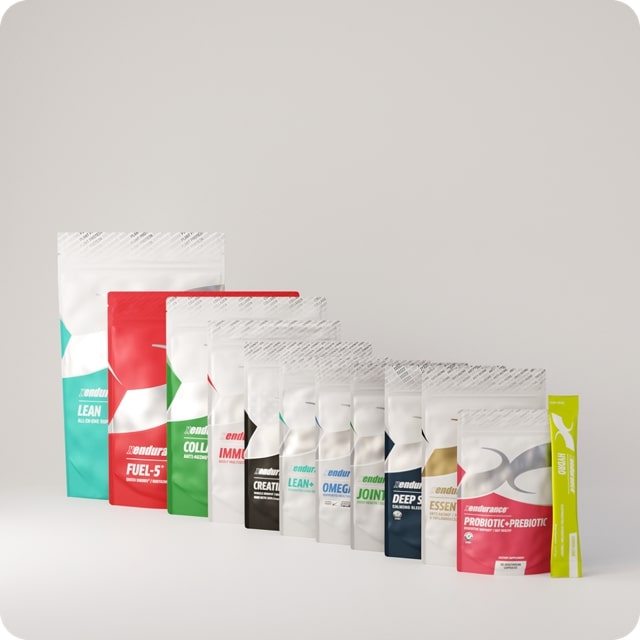
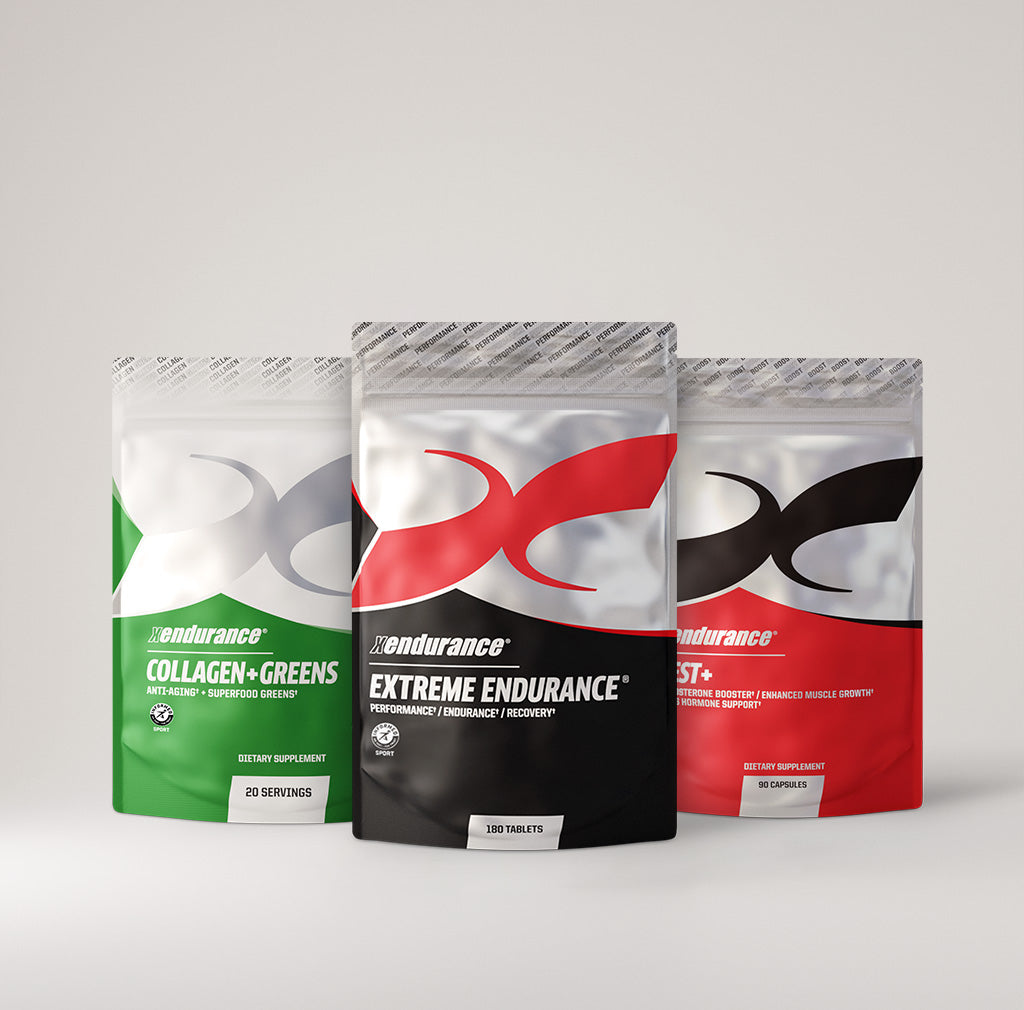
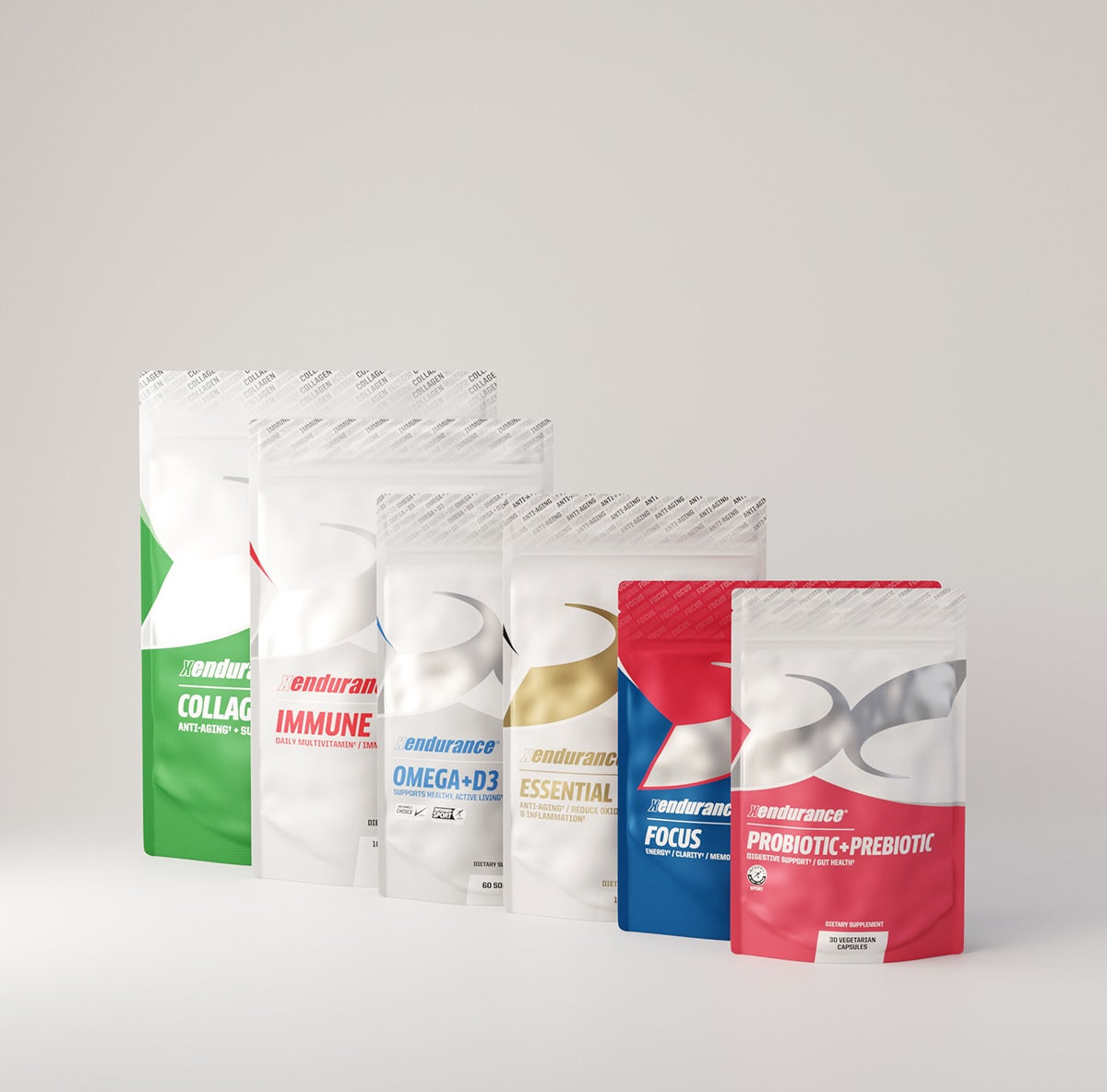
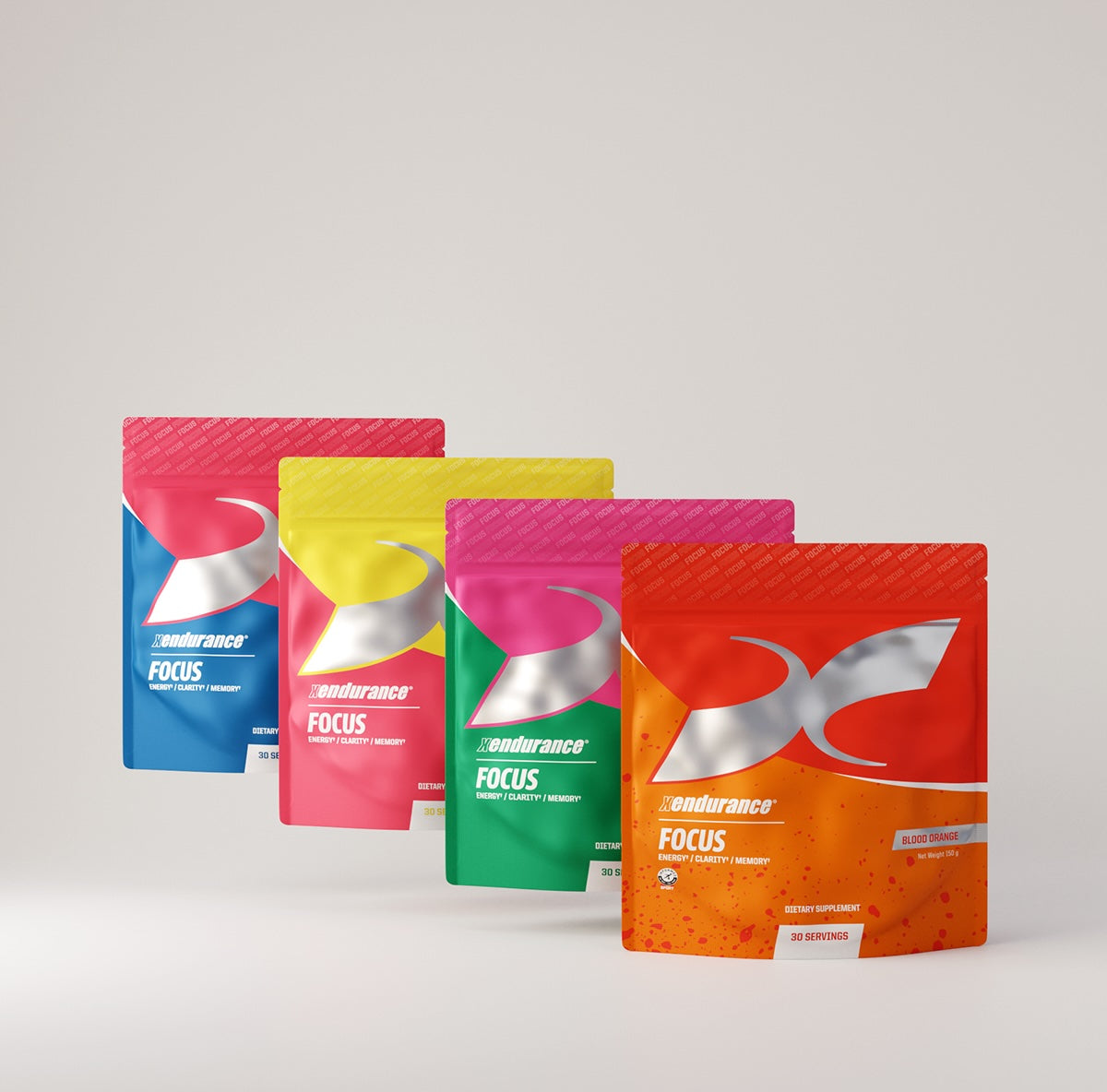
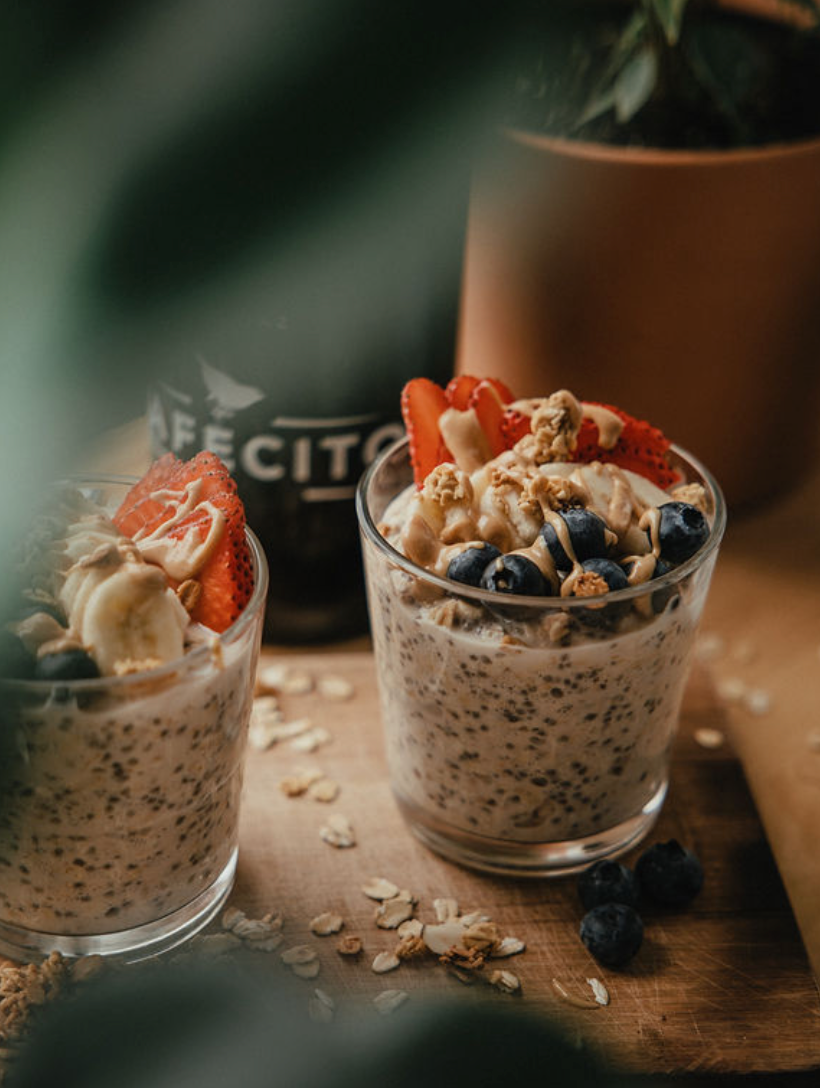


コメントを書く
このサイトはhCaptchaによって保護されており、hCaptchaプライバシーポリシーおよび利用規約が適用されます。